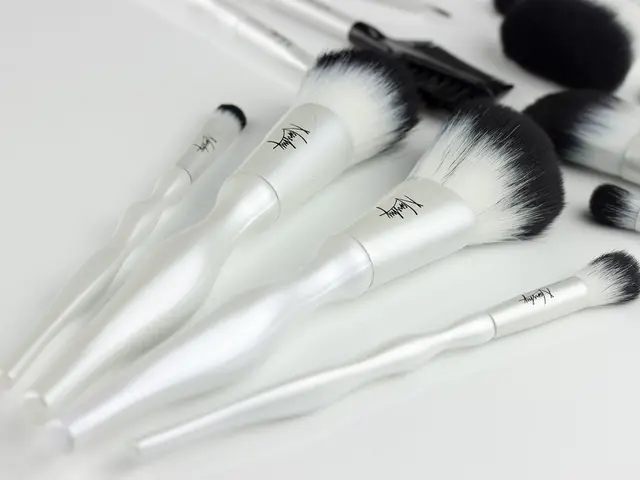Unusual Matrimony and Humorous Account of the Craftsman
In the world of antique clocks, every tick and tock tells a story. Recently, one such tale unfolded when a mini Vienna Regulator clock, belonging to an enthusiast, presented an intriguing conundrum. Let's delve into the steps taken to uncover the truth behind this peculiar timepiece.
- Examining the Dial and Case Style Critically
Vienna Regulators, known for their long, elegant pendulums and original matching dials, are a sight to behold. However, this particular clock sported a mismatched dial, which could hint at a replacement or repair, potentially affecting its authenticity and value. To assess period accuracy, one must scrutinise the case style, wood type, and finish, comparing them with known Vienna Regulator examples from the 19th century (circa 1850s is common).
- Seeking Maker’s Marks and Labels
Checking for maker’s marks, stamps, or labels is essential. These may be found on the dial, movement, or inside the case. Sometimes, the maker’s name and origin are painted or engraved on the dial, typically below the center arbor. If the dial is mismatched, the movement should be inspected closely, as it might bear the correct maker’s name.
- Assessing the Pendulum Length and Finials
A short pendulum in a Vienna Regulator case may indicate a replacement. Compare the length of your pendulum to documented examples or dealer inventory photos of similar models. Missing finials, decorative knobs or spires often found atop the case, are common in old clocks, but note their original design style to assist restoration or identification.
- Utilising Specialised Antique Clock Resources and Dealer Listings
Reviewing reputable antique clocks databases and dealer sites (like Sellingantiques.co.uk) for similar Vienna Regulator wall clocks can offer valuable comparisons. Guides on antique clock finishes, wood, and parts originality are helpful in assessing if your clock’s dial or components are historically consistent.
- Consulting Clock Experts or Online Forums
Providing detailed photos, including the dial, pendulum, internal movement, and case, can help experts or collector communities offer insights on the maker, originality, and period identification.
In this case, the clock was advertised with the name "JEMLAUS FUOITE" on it, but upon closer inspection, it was discovered that the correct name was actually "Tempus Fugit" or Time Flies. The author found this amusing and continued to research the clock, ultimately uncovering its history and restoring it to its former glory.
This method, when applied diligently, will help determine which parts are original and guide your research on the clock’s maker and provenance. Happy clock hunting!
- A vintage Vienna Regulator clock's authenticity may be affected by a mismatched dial, which underscores the importance of scrutinizing the dial's style, wood type, and finish, as well as comparing it with known examples from the 19th century.
- In the process of investigating antique clocks, seeking maker’s marks, stamps, or labels is crucial, as they may provide essential information about the clock's origins, often appearing on the dial, movement, or inside the case.
- Assessing the length and finials of a clock's pendulum can offer insight into the clock's history, as a short pendulum or missing finials may indicate a replacement, offering clues to its originality and value.




